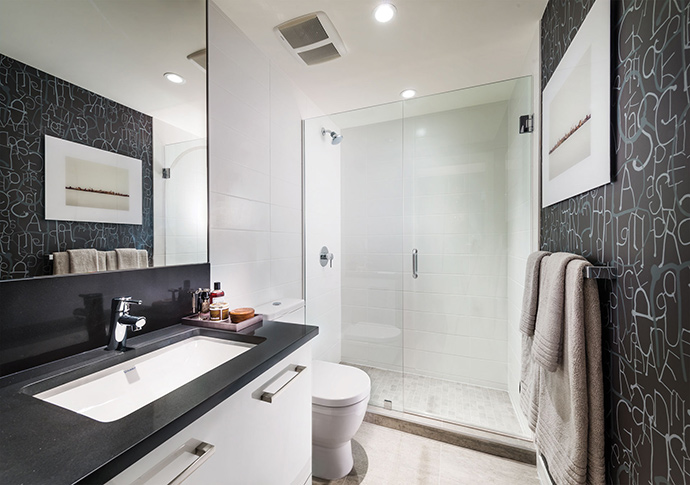With the rise of crowdsourcing platforms, businesses no longer need to rely solely on in-house design teams or expensive agencies for their creative needs. Two popular platforms in this space are Crowdspring vs.Designcrowd. In this article, we will delve into a comparative analysis of the two platforms, exploring their features, pricing models, and the overall user experience. Let’s dive in!
Features and Functionality
Contents
Both Crowdspring and Designcrowd offer a wide range of creative services, including logo design, website design, packaging design, and more. They provide users with access to a talented pool of designers from around the world, allowing businesses to tap into a global network of creative minds.
Designcrowd boasts a larger community of designers, making it a suitable choice for businesses seeking a large pool of options and fast turnaround times. On the other hand, Crowdspring focuses on curating a more selective community of designers, resulting in a higher quality of submissions but potentially longer project durations.
Pricing Models
When it comes to pricing, both platforms offer flexible solutions to meet various budget requirements. Designcrowd operates on a project-based pricing model where businesses set a budget and receive submissions from designers. This model allows for greater control over spending as businesses only pay for the designs they choose.
In contrast, Crowdspring offers tiered pricing packages that include features such as dedicated project managers, enhanced legal protections, and priority support. While this pricing structure may be slightly more expensive, it provides businesses with additional benefits that can streamline the design process.
User Experience
The user experience on both platforms is intuitive and user-friendly. Designcrowd offers a straightforward design brief creation process, allowing businesses to provide comprehensive details about their project requirements.
Crowdspring, on the other hand, focuses on guiding businesses through a step-by-step project creation process, ensuring that no important details are overlooked. Additionally, their platform includes collaboration tools that enable seamless communication between businesses and designers, ultimately leading to a more efficient workflow.
Uncommon Terminology
Both platforms utilize unique terminology to enhance the overall user experience. For example, Designcrowd uses the term “Design Contest” to refer to the process of attracting multiple design submissions for a specific project. Crowdspring, on the other hand, refers to this process as a “Project,” emphasizing a more collaborative approach between businesses and designers.
Professional Format
The content presented here follows a professional format, ensuring a clear structure and coherence. The use of headings and subheadings helps organize the information, while short and long sentences provide variety and maintain reader engagement.
Both Crowdspring vs.Designcrowd offer valuable solutions for businesses seeking crowd-based creative services. Designcrowd’s larger designer community may appeal to those looking for a broader range of options, while Crowdspring’s focus on quality and collaboration may be preferred by businesses seeking a more tailored experience.
Ultimately, the choice between the two platforms depends on your specific project requirements, budget, and desired level of involvement. It is recommended to thoroughly evaluate each platform’s features, pricing models, and user experience before making a decision.
















